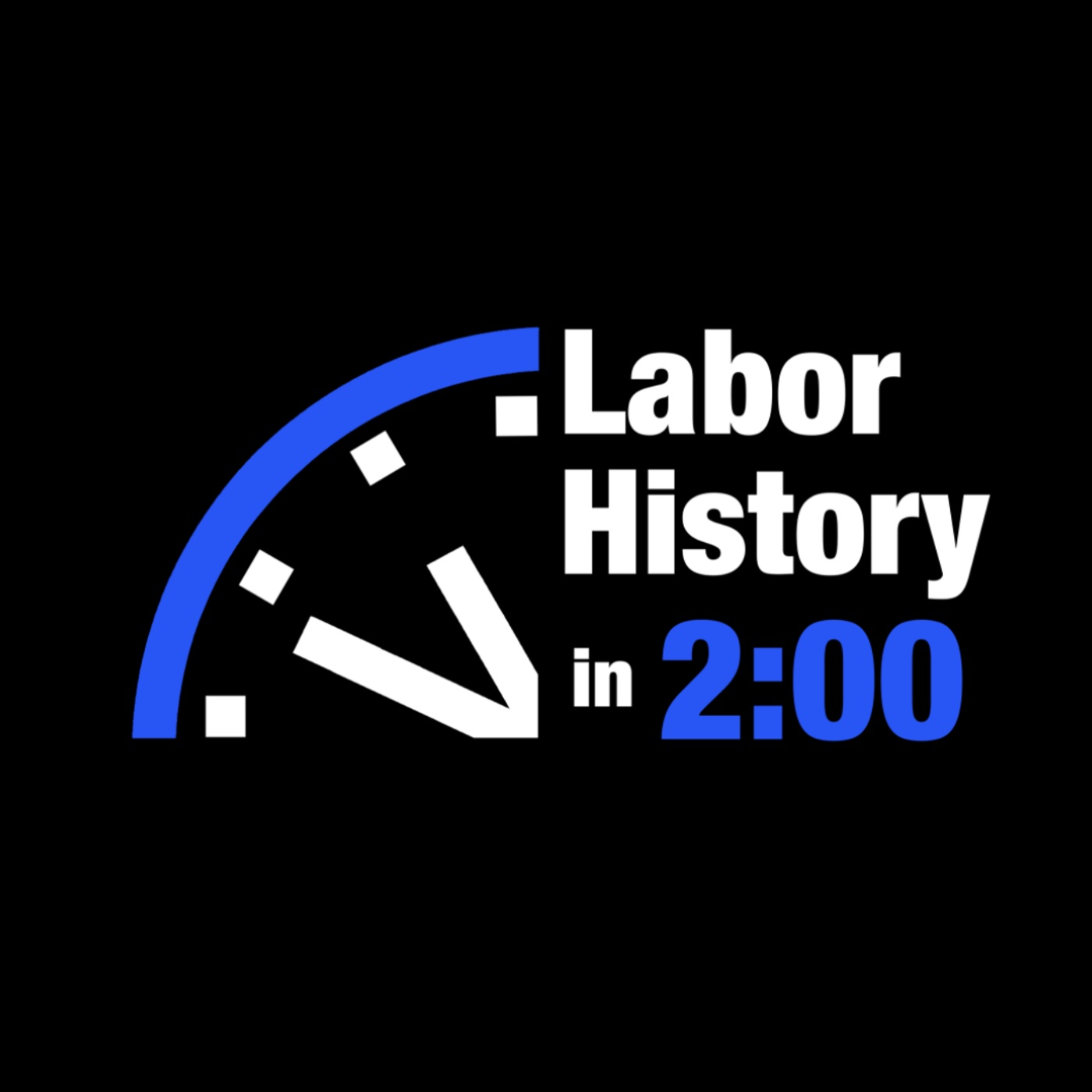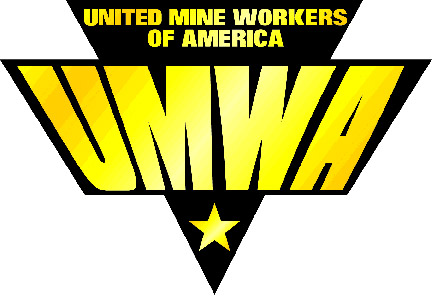Episodes
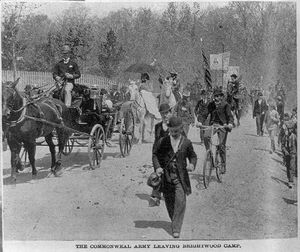
Thursday Apr 30, 2015
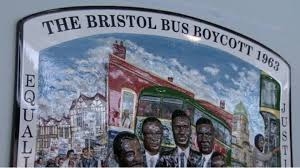
Wednesday Apr 29, 2015
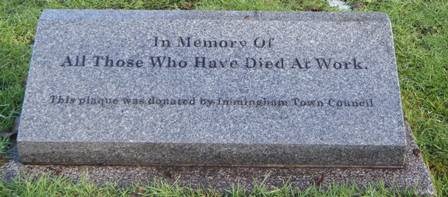
Tuesday Apr 28, 2015
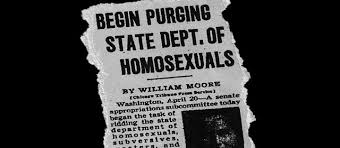
Monday Apr 27, 2015
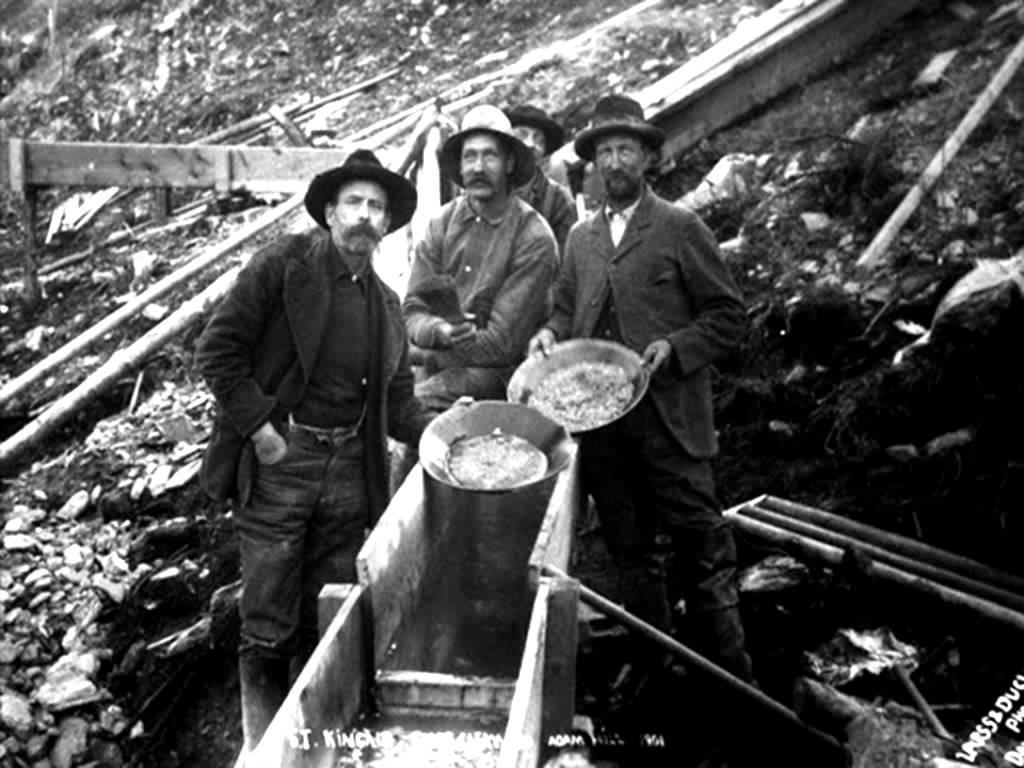
Sunday Apr 26, 2015
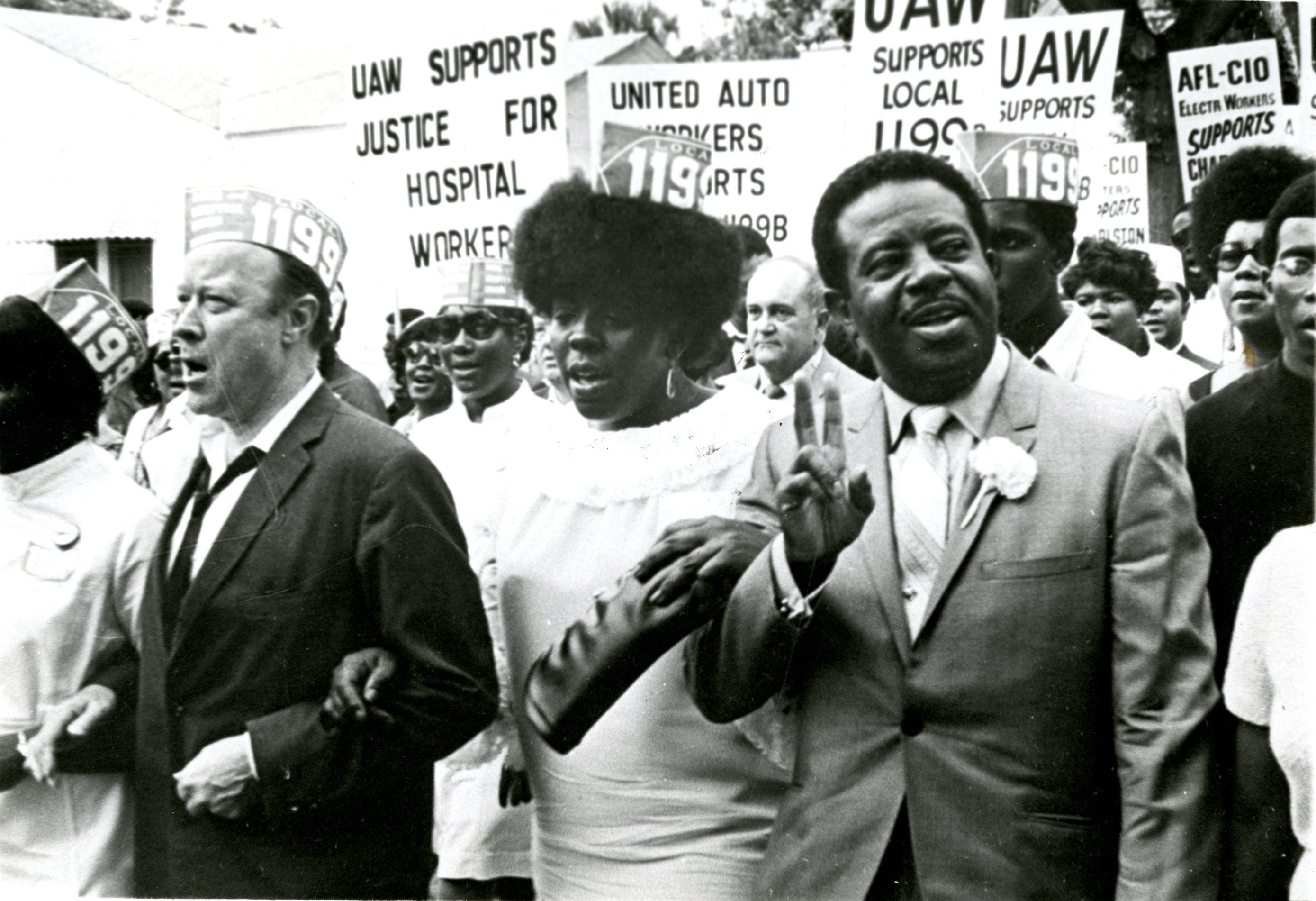
Saturday Apr 25, 2015
April 25
Saturday Apr 25, 2015
Saturday Apr 25, 2015
On this day in Labor History the year was 1969.
The Governor of South Carolina sent 1,000 state troopers and National Guardsmen to Charleston.
They were sent there to deal with striking hospital workers who wanted union recognition.

Friday Apr 24, 2015
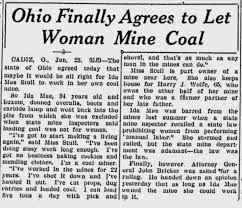
Thursday Apr 23, 2015

Wednesday Apr 22, 2015
Version: 20241125

